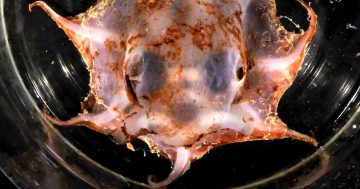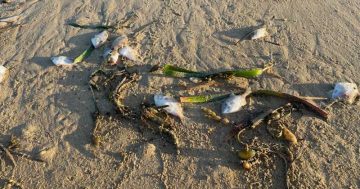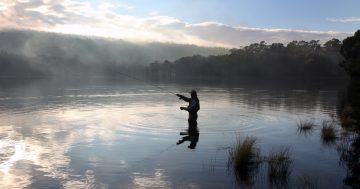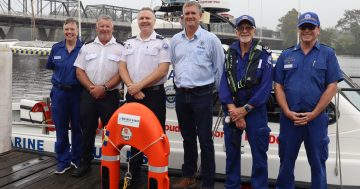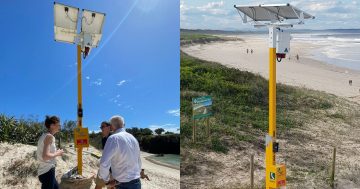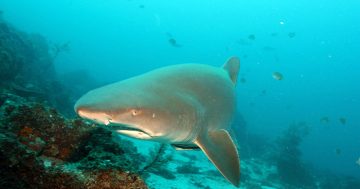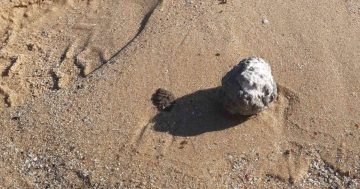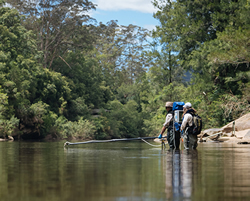 The Department of Planning and Environment (DPE) is peeling back the curtain on the secret life of fish and other aquatic animals living in NSW’s coastal rivers with a new environmental monitoring program.
The Department of Planning and Environment (DPE) is peeling back the curtain on the secret life of fish and other aquatic animals living in NSW’s coastal rivers with a new environmental monitoring program.
Chief Knowledge Officer for Water at DPE, Mitchell Issacs said three scientists were collecting water samples from more than 30 rivers along the coast of NSW to better understand and support the creatures which call them home.
“A small sample of water can reveal a surprising amount of information, including what creatures are calling the river home at different stages of their life and even at times what wildlife may be drinking or living near the stream,” Mr Issacs said.
“The animals will be detected through Environmental DNA which they naturally leave behind, meaning there’s no need for our scientists to catch or even see the aquatic life to confirm their presence,” he said.
“All of this can help to inform water management, such as ensuring fish highways stay well connected so coastal species like the Australian Bass can make a sea change travelling from rivers in the Tablelands down to coastal estuaries.”
Mr Issacs said the team had already collected more than 100 samples from rivers and waterways across the Lower North Coast, Hunter, Central Coast and Bega Valley.
He said the plan was to sample upwards of 180 sites in total and work would soon move into rivers in the Clarence Valley before expanding next year across both the North and South Coasts.
“The more we know about the species that call our rivers home the better we can set the rules in water sharing plans to balance water use and protecting aquatic life,” the Chief Knowledge Officer said.
“The data will be particularly helpful to assess the location of threatened species like platypus, the Macquarie Perch and the Eastern Freshwater Cod,” he said.
“Once we receive the results from our testing, a full list of detected species will be made public so other agencies and groups can utilise it for other research projects and conservation efforts,” Mr Issacs said.


